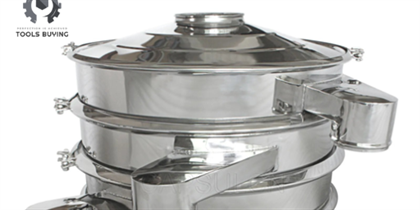
A feed mixer, also known as a TMR (Total Mixed Ration) mixer or a feed wagon, is a type of machinery used in livestock farming and animal husbandry. Its primary function is to blend various types of feed ingredients, such as grains, forages, supplements, and minerals, into a homogeneous mixture suitable for feeding to livestock, such as dairy cows, beef cattle, sheep, and goats. Here's how feed mixers typically work:
Loading: The operator loads the various feed ingredients into the mixer. These ingredients can include hay, silage, grain, protein supplements, minerals, and other additives.
Mixing: Once the ingredients are loaded, the mixer blends them together using rotating augers, paddles, or blades. These components effectively mix the ingredients, ensuring that each portion of the ration contains a balanced combination of nutrients.
Processing (optional): Some advanced feed mixers may include additional processing features, such as chopping or grinding, to further break down the feed ingredients and improve their digestibility.
Discharge: After the mixing process is complete, the mixed feed is discharged from the mixer, either directly into feeding troughs or into a holding bin for later distribution to livestock.
Feed mixers offer several advantages in livestock feeding operations:
Nutrient consistency: By thoroughly mixing various feed ingredients, feed mixers ensure that each animal receives a consistent and balanced diet, which is essential for optimal growth, health, and productivity.
Time and labor savings: Mixing feed manually can be time-consuming and labor-intensive. Feed mixers automate the blending process, reducing the amount of manual labor required and increasing operational efficiency.
Reduced waste: Properly mixed feed reduces the likelihood of feed sorting by animals, minimizing feed waste and improving feed conversion efficiency.
Customization: Farmers can adjust the composition of the feed mixture to meet the specific nutritional requirements of different groups of livestock, such as lactating cows, growing calves, or finishing steers.
Feed mixers come in various sizes and configurations to accommodate different herd sizes, feeding programs, and operational requirements. They can range from small, portable units suitable for small-scale farms to large, stationary mixers capable of handling large volumes of feed for commercial livestock operations.
Leave a Reply
Related Products
You Might Like Also

Vibro Sifter Machine
Vibro sifter machine for material separating based on its particle size. Once the motor gets energized, vibration is caused in the screen/sieve making the material travel across the sieves according to its particle size. Vibro sifter machine made with heavy base and MS body structure with two out let and one screen. it is very easy to operate. Read More










